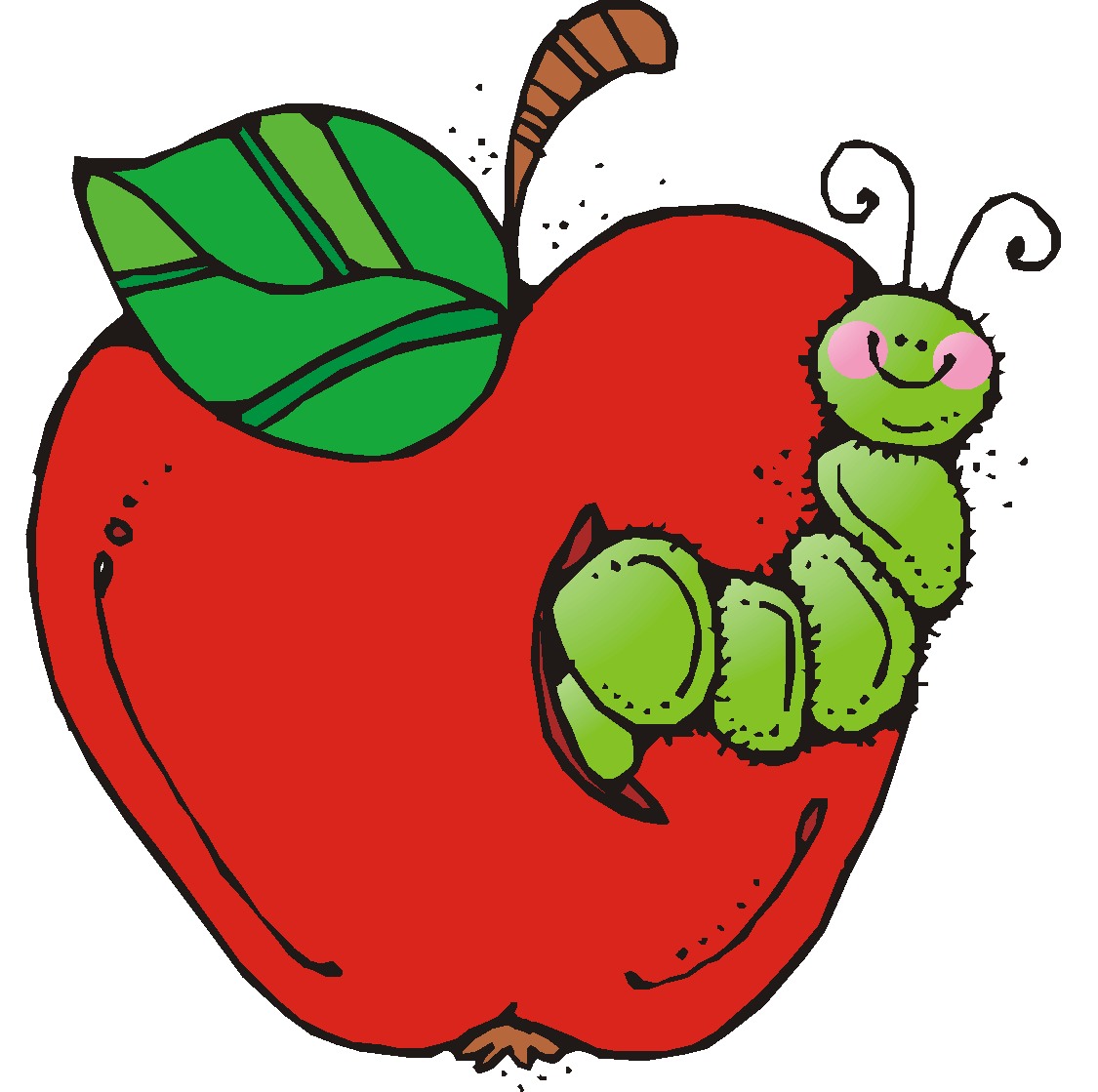- Format: Kindle (Amazon)
- File Size: 505 KB
- Print Length: 244 pages
- Page Numbers Source ISBN: 0425129632
- Publisher: HarperCollins; Masterpiece ed edition (October 14, 2010) - first published 1969
- Sold by: HarperCollins Publishers
- Language: English
- ASIN: B0046RE5GS

A teenage murder witness is drowned in a tub of apples…
At a Hallowe’en party, Joyce – a hostile thirteen-year-old – boasts that she once witnessed a murder. When no-one believes her, she storms off home. But within hours her body is found, still in the house, drowned in an apple-bobbing tub.
That night, Hercule Poirot is called in to find the ‘evil presence’. But first he must establish whether he is looking for a murderer or a double-murderer…
My Take
To be honest, this is one of the Agatha Christie novels I have either read or seen dramatised several times, and so I spent my time looking for things that I might not have seen or appreciated before.
This is, of course, one of the novels where novelist Ariadne Oliver comes to Hercule Poirot with a a murder that happened at a party she was attending. The other collaborator is ex-Superintendent Spence whom Poirot assisted in MRS McGINTY'S DEAD (aka BLOOD WILL TELL). Ariadne Oliver was also involved in that one, published in 1952. Superintendent Spence has retired to the small dormitory suburb that the murder takes place in, so he has access to a lot of "inside" knowledge about the people in the village. The residents appear to be mainly widows and retirees.
Before Ariadne Oliver contacts him Hercule Poirot has been sitting at home feeling a little sorry for himself as he seems to have so much time on his hands, particularly in the evenings. It is three years in fact since his last novel was published. Time is slowing down for Poirot and yet he feels that his brain is still very active.
There will in fact be just 3 more Poirot titles published after this one.
- Elephants Can Remember (1972)
- Poirot's Early Cases (1974, short stories)
- Curtain (written about 1940, published 1975)
 Poirot is struck from the first by the prevalence of the motif of apples that always seems to accompany Ariadne Oliver: she is addicted to munching on apples, she is staying at a cottage called Apple Trees, and of course the unfortunate Joyce is drowned while bobbing for apples. Someone remarks that apples are not always as wholesome as they appear, and the village doctor talks about an apple that is rotten at the core.
Poirot is struck from the first by the prevalence of the motif of apples that always seems to accompany Ariadne Oliver: she is addicted to munching on apples, she is staying at a cottage called Apple Trees, and of course the unfortunate Joyce is drowned while bobbing for apples. Someone remarks that apples are not always as wholesome as they appear, and the village doctor talks about an apple that is rotten at the core.But Poirot recognises that this is not only a crime, but a tragedy, for what else is the death of a child? Whatever she knew, Joyce did not deserve to die.
Throughout the story there is constant reference to the idea of mentally disturbed people at large in the community. Many of the residents of Woodleigh Common believe that the person who murdered Joyce may be a stranger, a mentally unbalanced outsider who saw an opportunity to commit murder. Almost no-one at the party believed Joyce when she claimed to have seen a murder committed. According to her brother, her teachers and others Joyce apparently had a history of telling lies or tall tales and many could recall a story she told of visiting India, which turned out to actually have originated with an uncle's visit to India. Many had the feeling that Joyce had brought her murder onto herself. The hostess seems put out by the idea that anyone would dare to get themselves murdered at her perfectly organised party.
Trying to assess a familiar novel with new eyes can be a fascinating experience and I found this one particularly rewarding.
I hope you have enjoyed my thoughts.
My rating: 4.5
Read as part of the Agatha Christie Reading Challenge: in which I am attempting to read the Christie novels in their order of publication. Next is PASSENGER TO FRANKFURT. I have 6 novels to go.

Kerrie - One of the things I enjoyed about this novel was getting Christie's perspective on the new generation. Those scenes (like the one where the one partygoer is discussing a pop music star) are really interesting. And Christie always did 'village life' portraits quite well.
ReplyDeleteI read this one for my RIP challenge in October, and as usual loved it. The apples made me think of the times my dad would go out a buy a bushel of apples for the trick or treaters, and they liked that. Times have surely changed.
ReplyDelete